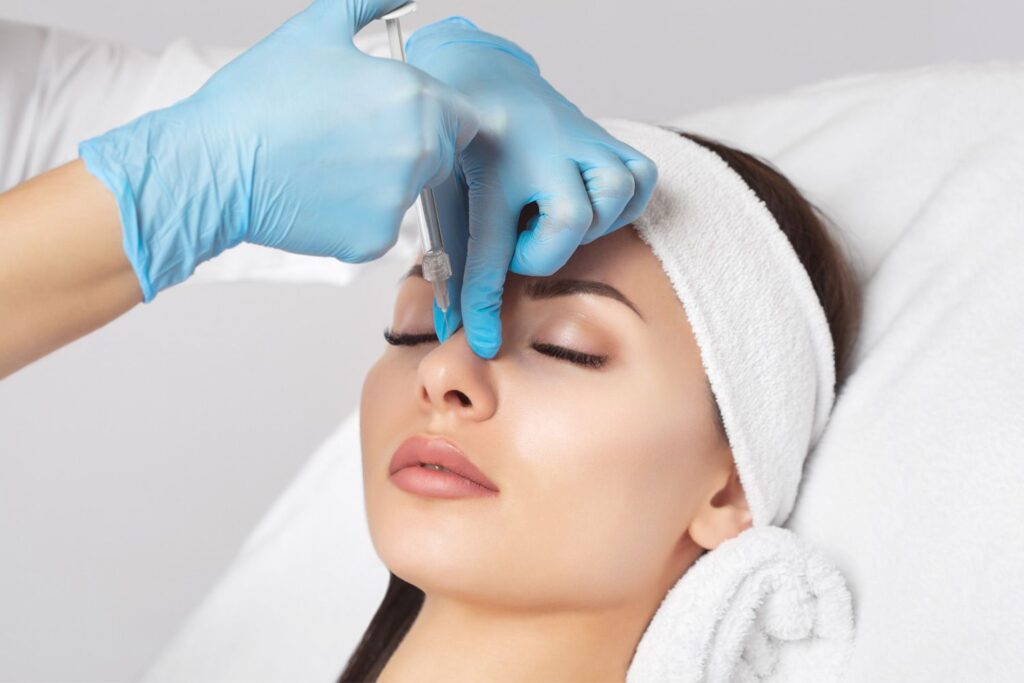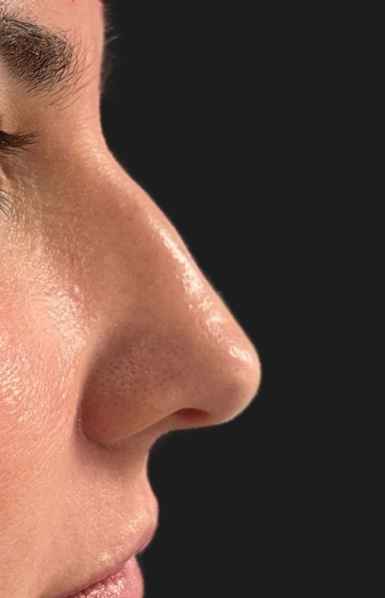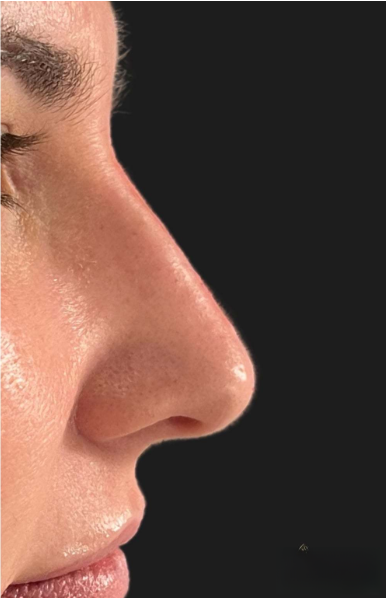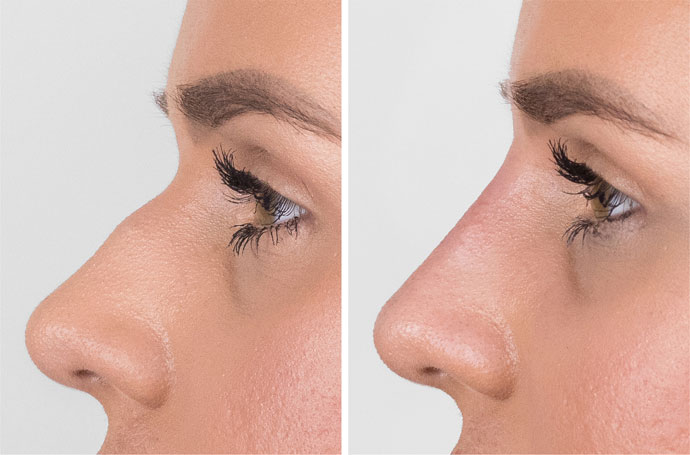
Non-Surgical Rhinoplasty: A Comprehensive Guide
What is Non-Surgical Rhinoplasty?
Non-surgical rhinoplasty, also known as liquid rhinoplasty, is a cosmetic procedure that uses injectable fillers to temporarily alter the shape of the nose. This minimally invasive treatment is an alternative to traditional surgery, offering a quick and reversible solution for minor imperfections.
What Can Non-Surgical Rhinoplasty Correct?
- Dorsal Humps: Fillers can be used to create a smoother profile by placing them above or below the hump.
- Low or Flat Nasal Bridges: Augmentation of the bridge can create a more defined and projected shape.
- Tip Irregularities: Fillers can improve tip projection, rotation, and correct minor asymmetries and alar rim imperfections.
- Dents or Irregularities: Fillers can smooth out minor imperfections and refine nasal contours.
How Does Non-Surgical Rhinoplasty Work?
Dermal fillers, typically made of hyaluronic acid, are strategically injected into specific areas of the nose to create precise contours and shape the nose. The procedure uses techniques designed to provide subtle, precise, and predictable aesthetic outcomes.
Advantages of Non-Surgical Rhinoplasty
- Non-Surgical: No incisions or surgery are required.
- No Downtime: Patients can resume normal activities immediately after the procedure.
- Reversible: Some fillers can be dissolved if necessary, or results can be maintained by repeating the treatment.
- Quick: The procedure can be completed in one office visit.
- Good for Trial: It can serve as a temporary trial for patients considering surgical rhinoplasty.
Risks and Considerations
- Temporary Results: Fillers are not permanent and require repeated treatments to maintain results.
- Serious Complications: Although rare, complications can include vascular compromise, tissue necrosis, scarring, and even blindness if filler enters a blood vessel.
- Skill is Crucial: The procedure must be performed by a trained and experienced healthcare provider who understands nasal anatomy and injection techniques.
- Not for Everyone: It’s best for correcting minor cosmetic issues; it cannot significantly reduce the size of the nose or correct major functional problems.
Conclusion
Non-surgical rhinoplasty is a safe and effective way to temporarily change the shape of the nose without surgery. With its numerous benefits and minimal downtime, it’s an attractive option for those looking to enhance their nasal appearance. However, it’s essential to consult with a trained and experienced healthcare provider to determine if non-surgical rhinoplasty is right for you.
How it Works
Consultation & Assessment
A qualified practitioner reviews your skin, medical history, and desired goals to determine the right type of filler.
Preparation & Cleansing
The treatment area is cleaned, and a numbing cream may be applied to minimize discomfort.
Precise Injection
The filler gel is carefully injected into targeted areas such as cheeks, lips, or under the eyes to restore volume and smooth lines.
Immediate Results & Aftercare
Results are visible right after the procedure, with minimal downtime. Mild swelling or bruising may occur but usually subsides quickly.


have a question?
Quick answers to questions you may have
1. Is a non-surgical rhinoplasty permanent?
2. Is a non-surgical rhinoplasty safe?
3. What can a non-surgical rhinoplasty fix, and what are its limitations?
A non-surgical rhinoplasty is best for making subtle changes to the nose. It can camouflage a dorsal hump (a bump on the bridge), lift a drooping nasal tip, and correct minor asymmetries. However, because fillers work by adding volume, the procedure cannot make your nose appear smaller or narrower. It also cannot fix functional issues inside the nose, such as a deviated septum.
Non-surgical rhinoplasty is known for its minimal downtime. You may experience some mild and temporary side effects like redness, swelling, or bruising at the injection site, which typically resolve within a couple of days. Most people can resume their normal daily activities immediately. Your practitioner will likely advise you to avoid wearing glasses or sunglasses and refrain from strenuous exercise f
